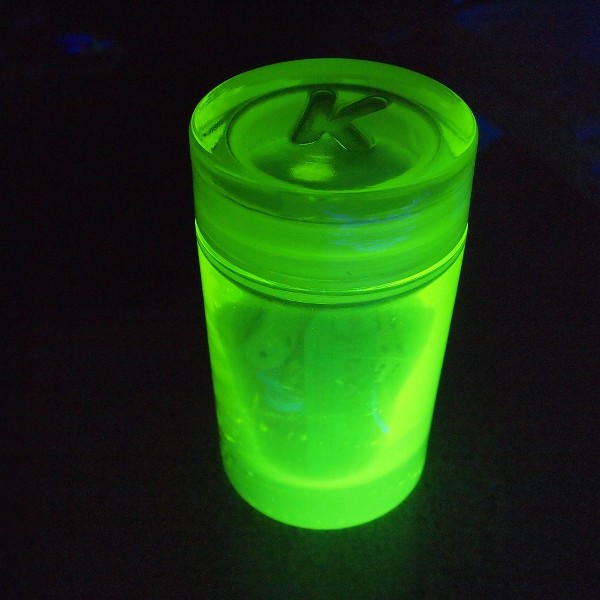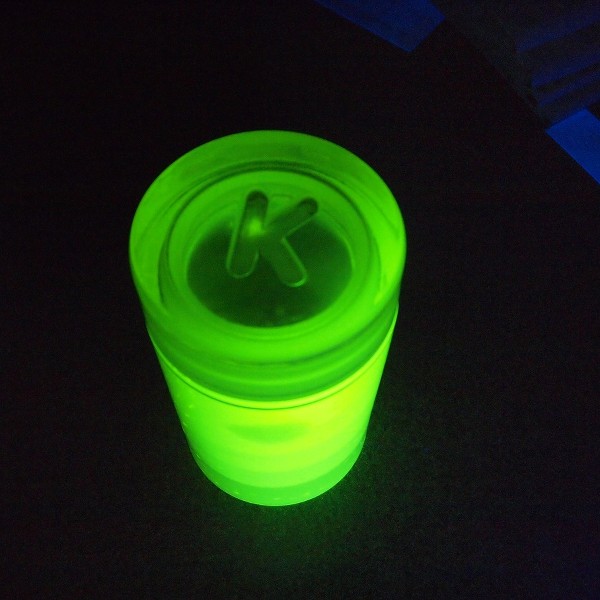Benm
0
- Joined
- Aug 16, 2007
- Messages
- 7,896
- Points
- 113
You should realize that gammas and x-rays are exactly the same type of radiation (i.e. photons, like light, radiowaves etc). Strictly they are called gamma's if they come from the nucleus itself and x-rays if they come from the electrons (brehmstrahlung for example).
Tritium itself does not produce gamma rays when it decays, but if you detect any, they will probably be x-rays from any material absorbing the emitted electron. The energy is so low though that the x-rays produced by that would appear to come from something like an x-ray tube.
Tritium itself does not produce gamma rays when it decays, but if you detect any, they will probably be x-rays from any material absorbing the emitted electron. The energy is so low though that the x-rays produced by that would appear to come from something like an x-ray tube.












